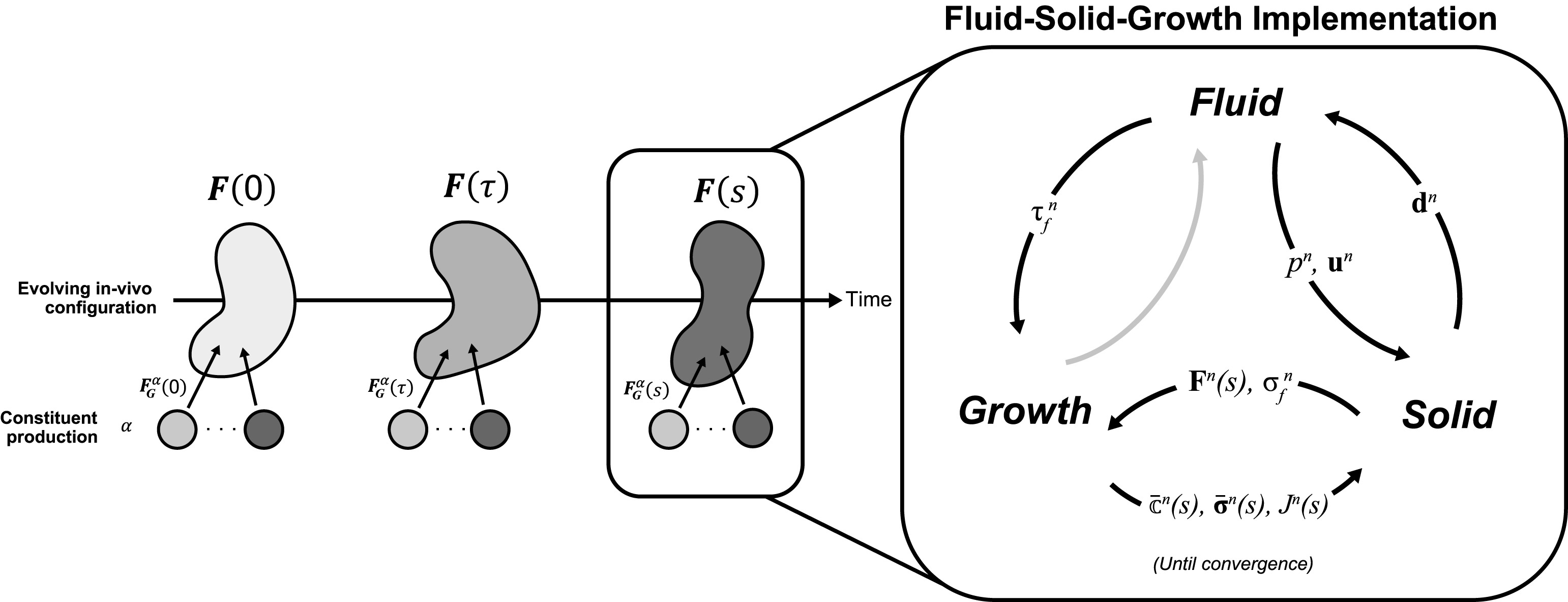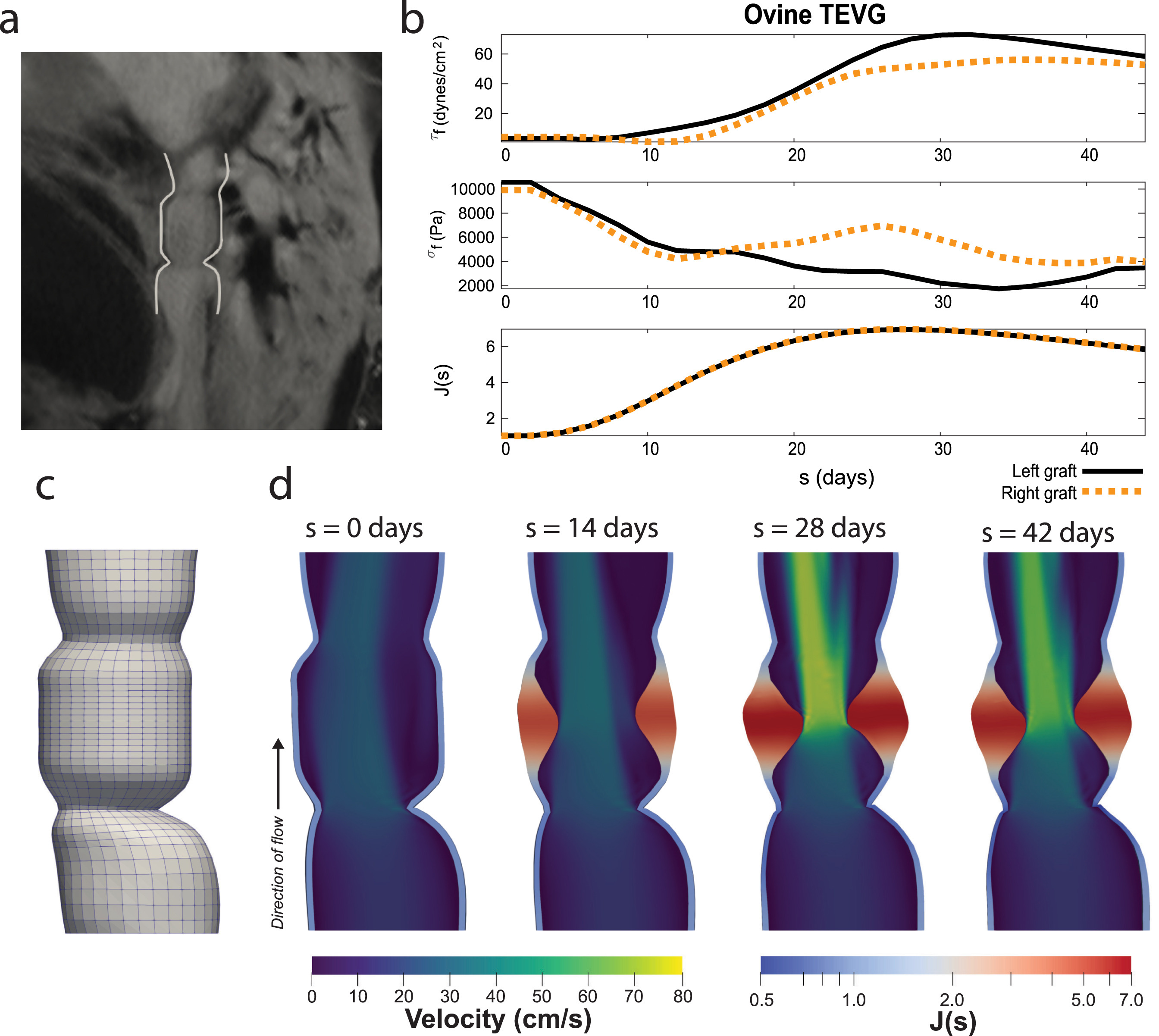Erica L. Schwarz, Ph.D.
Research
Explore my work. Click on each to see detailed publications and methods.
Multiphysics Modeling and Solver Development
I have developed multiphysics solvers capable of simulating complex cardiovascular behavior. This includes integrating mathematical models of fluid dynamics and vascular solid mechanics into finite-element frameworks and designing novel numerical methods to improve accuracy and computational efficiency. The resulting solvers have been used for translational research and are available as open-source tools for the scientific community.
Explore Multiphysics Research →

Predictive Modeling and Clinical Translation
I collaborate extensively with multi-institutional teams of clinicians and researchers to advance the development of tissue-engineered vascular grafts, using computational models of vascular behavior to predict surgical outcomes and define safety limits for cardiovascular function. These computational tools directly accelerate the clinical translation of new medical technologies.
Explore Translational Research →

Multiscale Modeling and Machine Learning Integration
Artificial intelligence is increasingly ubiquitous in research and medicine. However, proper training and validation of these large-data models are critical for safe adoption in the clinical setting.
I have used multiscale physics-based simulations based on interpretable biological and clinical findings to create high-fidelity data for training neural operators. Such simulations can be varied based on population distributions of vascular geometries, material properties, and hemodynamics to create rich, clinically-relevant datasets at a volume impossible to acquire in vivo. By bridging these biomechanical models with machine learning tools, we can greatly accelerate adoption of artificial intelligence for clinical prediction while maintaining robust standards of data transparency, interpretability, and quality.